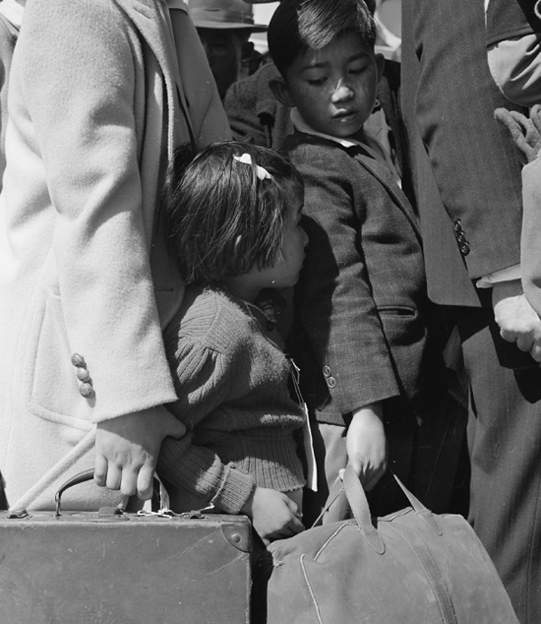Growth Studies
1927
Harold E. Jones (1894–1960), Jean W. Macfarlane (1894–1989), Mary Cover Jones (1896–1987), Nancy Bayley (1899–1994)
During the period between the two world wars, many scientists and philanthropies sought to apply their science to improving society. One issue that drew the interest of philanthropies was child development. With funding from foundations, child-research institutes were established at several universities across North America. Of great importance were the studies begun in 1927 at the Institute for Human Development at the University of California, Berkeley.
The Guidance Study, led by psychologist Jean W. Macfarlane, examined the impact of parental guidance on child outcomes, such as performance in school. In the study’s experimental group, there was explicit direction from parent to child around issues related to school and relationships, while in the control group, there was no particular emphasis on parental guidance. The intent was to understand how such guidance may affect personality development.
The Berkeley Growth Study, directed by psychologist Nancy Bayley, followed seventy-four individuals from infancy to adulthood over a period of forty years, examining mental and physical development. Based on these studies, Bayley developed the widely used assessment instrument known as the Bayley Scales of Infant Development, which are still used to find correlations between physical and psychological development.
The Oakland Growth Study (originally the Adolescent Growth Study) was headed by physician Harold Jones and his psychologist wife, Mary Cover Jones. The study began in 1931 and followed adolescent boys and girls well into adulthood to assess their physical and psychological development. A key finding was that boys who were slow to develop physically often also showed evidence of slower psychological maturity, but they were usually able to catch up psychologically in early adulthood.
Because each of these studies followed a cohort of children over time, scientists had systematically gathered data drawn from naturalistic settings that shed light on childhood problems and their resolution.
SEE ALSO Baby Biographies (1877), Adolescence (1904), Seasons of Life (1978), Ecological Systems Theory (1979)

Third generation of American children of Japanese ancestry in Byron, California, awaiting the arrival of the next bus taking them to the Assembly center after the US government ordered the internment of about 120,000 Japanese Americans living on the West Coast in 1942.